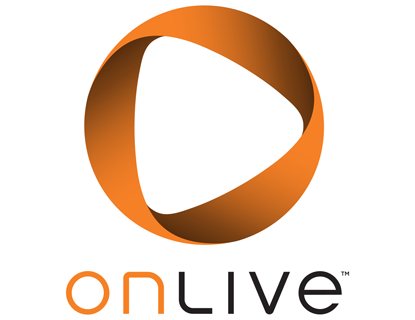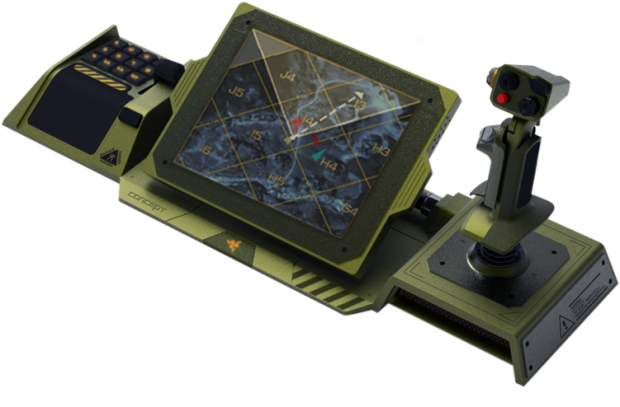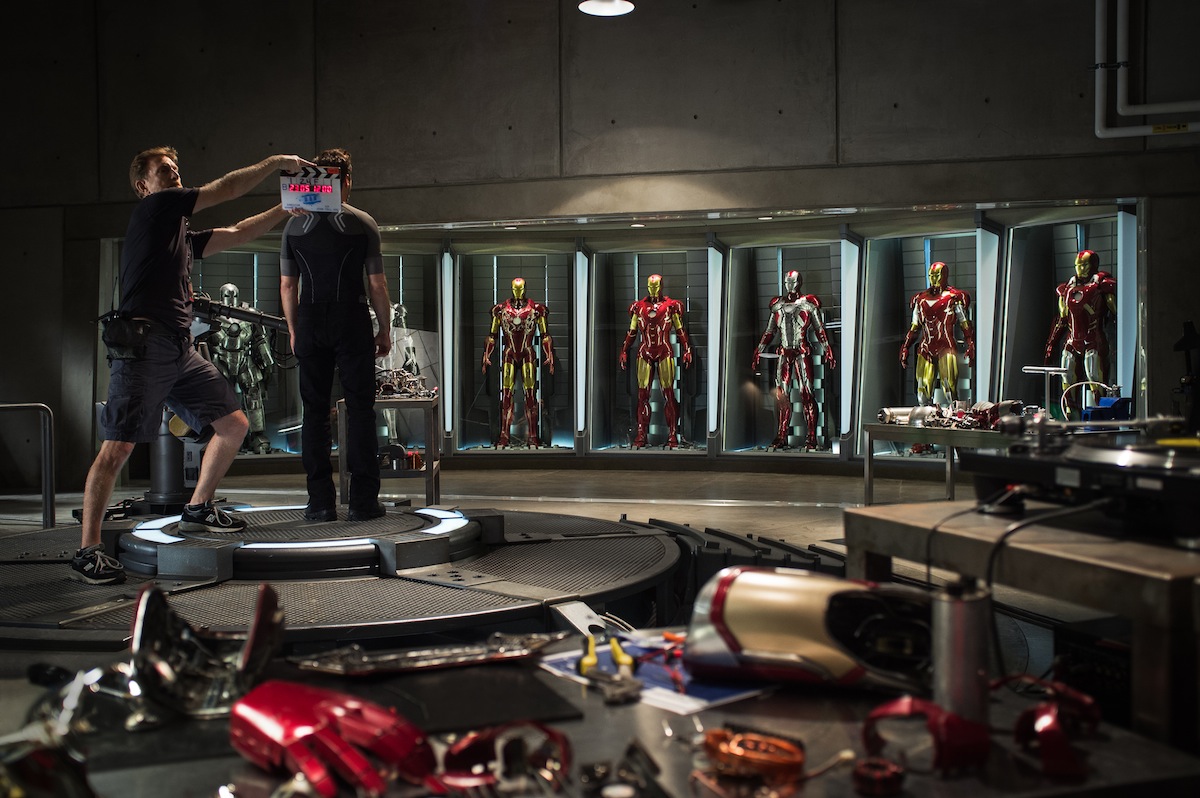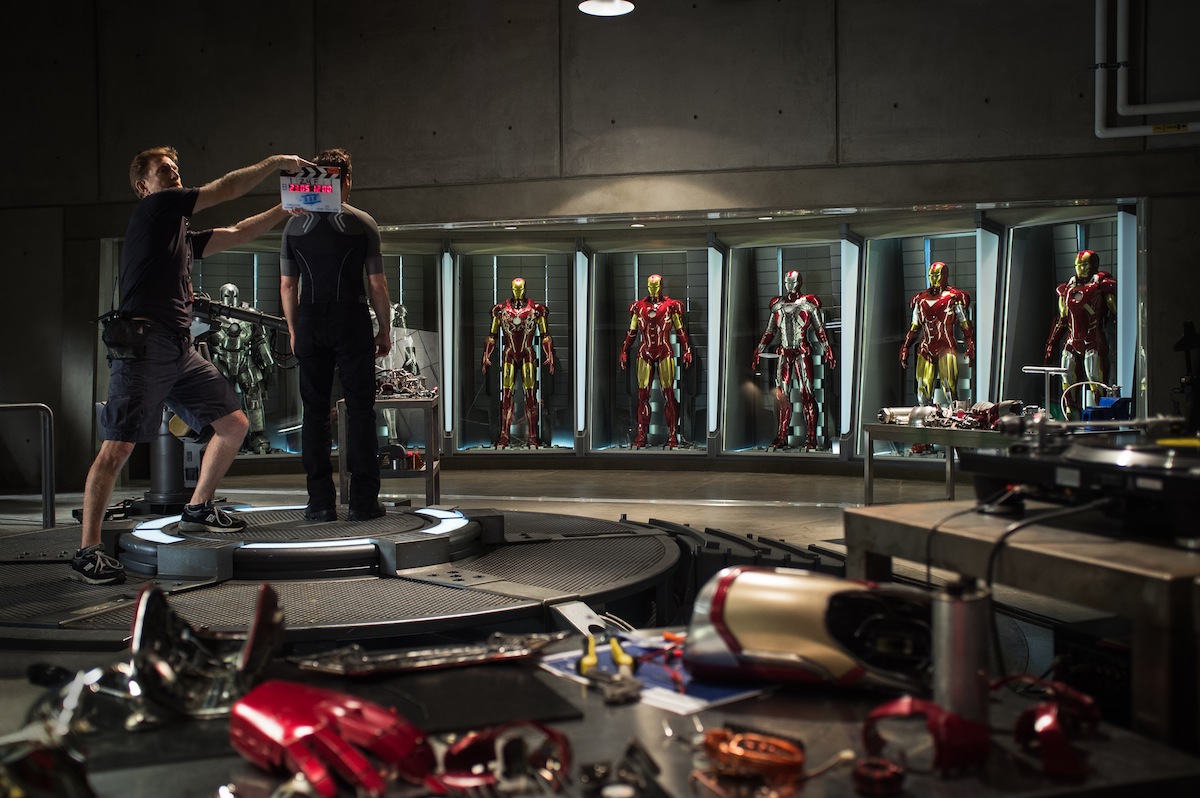Ridgewood, NJ, June 5, 2012 – Today Kalypso Media is pleased to release the first teaser video for The Dark Eye – Demonicon, their upcoming action-RPG for current-gen consoles and Windows PC. In the new teaser video, unspeakable horrors terrorize the populace while great armies align for battle. Kalypso will release The Dark Eye – Demonicon in early 2013.
Author - Jerry Paxton
5th June 2012 — Wargaming.net, the award-winning online game developer and publisher, today announced that the company’s MMO war series, which includes World of Tanks, World of Warplanes, and World of Battleships, will unite under an integrated, worldwide Wargaming.net Service scheduled for release later this year.
Wargaming.net Service will be the epicenter of a battle-centric gaming universe that will gather the series under a single portal – www.wargaming.net. With the introduction of Wargaming.net Service and its renovated website, players will receive unified Wargaming.net IDs that will provide instant access to all their games and services; as well as any partner or fan websites.
The new service will inherit the Wargaming.net URL, while the corporate website will transition to Wargaming.com. The corporate site will share the company’s latest news, game updates, job opportunities and more.
Key features of the globally integrated Wargaming.net Service, will include:
- One Destination: The portal will give gamers one-stop access to all three titles and showcase a world at war – whether they are playing with Tanks, Warplanes or Battleships.
- Common Economics: The introduction of common economics for the three titles allows players to transfer Gold and Free Experience between them.
- Single MMO Battle Realm: Tank, Warplane, and Battleship clans will be assisting each other in their ground, air and sea attacks for world domination.
“Wargaming always strives for excellence in generating intense and action-filled global online battles for gamers,” said Wargaming CEO Victor Kislyi. “With the introduction of Wargaming.net Service, we will deliver an advanced gaming experience that gives gamers a world stage for their preferred war scenario.”
Karlsruhe, Germany, June 5, 2012 – TopWare Interactive announces the lineup for the Electronic Entertainment Expo (E3) in Los Angeles, focusing on the two potential blockbusters “Raven’s Cry” and the newest title from in-house developer Reality Pump. TopWare interactive shows previously unpublished photographs and videos for all the games and allows the first insight into the breathtaking worlds the year’s lineup.
These titles are presented by TopWare Interactive at E3 today:
Raven’s Cry
“Raven’s Cry” is an Action-Adventure title that is realized under the direction of TopWare Interactive and the Finnish Studio, Octane Games. The game traces in detail the revenge story of Christopher Raven during the 17th century. As a child, Raven had to watch his family being slaughtered by pirates, where as an adult he feels not only his passion for vengeance, but the physical pain endured as well, a result of the attack when his left hand was completely severed. Raven swore to himself, that he would hunt down and kill every soul involved on that fateful day, whether his soul would be corrupted or not.
“Raven’s Cry” is a game that also lays emphasis on the character’s past, represented through flashbacks of Christopher Raven’s life. Also allowing the player to choose his path of vengeance, decisions play a major role in the fun factor of this already acclaimed title. Clearly showing that life as a pirate, has very little to do with the glorified view Hollywood has conveyed of the 17th century. The game will be released for PC, Xbox 360, PlayStation 3 in 4th quarter of 2012.
The new Reality Pump game
On Monday, the 4th June 2012, the new title of the developer Reality Pump will be presented at the E3. The Polish software company has earned an excellent reputation with the “Earth” series and the “Two Worlds” franchise worldwide, and will show the industry that the new in-house GRACE 2 engine has the ability to be superior to all other engines currently on the market.
There will be a separate press release on the announcement at E3.
Planets Under Attack
The Russian developer Targem games (known for “Battle vs. Chess”) has a very simple goal in mind, to develop a strategy game that allows immediate entry into the genre, where anyone can play whether you’re familiar or not, anyone who is able to use a mouse. The project, which was first announced under the working title “Planets at War,” is now almost ready for the market, and anyone who has played is reporting it’s non-stop addictiveness. Anyone can play it, even if you’ve never sampled the genre before, unlike past strategy titles that take tons of time and extreme effort to learn. Those times will be a thing of the past with the release of “Planet Under Attack”.
The goal of the game is to conquer planets and fulfill certain tasks. To do so, a certain amount of space ships can be released to do their duty with a mouse click, to attack neutral or enemy stars, commanding them to attack, occupy and defend at the players will. New areas can be managed with another simple click of the mouse, as the new planets provide resources (in the form of space vehicles and money) to the conqueror. A campaign through the galaxy begins, as “Planet under Attack” enables both singleplayer, LAN or online-mode. The multilingual (EFIGS) game will be released in July 2012 for PC, Mac, Xbox 360 Live and PlayStation 3 Network.
Check vs. Mate
Now available on the American market is “Check vs. Mate”, presently known in Germany as “Battle vs. Chess”. Finally the famous strategy game is brought to the United States with this exciting, innovative and visually stimulating translation of the mother of all strategy games – Chess. The most successful game in history is finally lifted onto the state-of-the-art level of computer gaming technology. Based on the world famous “Fritz!” chess algorithms by ChessBase, “Check vs. Mate” is a game created with lively animated figures on lovingly designed battlefields in the eternal struggle of order versus chaos. The game will soon be released for PlayStation 3, Xbox 360, PC, Mac, NDS, Wii, PSP and iOS.
Dream Pinball 3D II
In 2006 “Dream Pinball 3D” was the first game from the Pinball simulation series, with the press enthusiastically rating the game consistently at the 80% mark. Trademark of the series, developer A.S.K. Homework provides sophisticated gameplay with ballistic characteristics that are based in reality. Realistic dynamics and fixed camera angles similar mimicking actual pinball tables, guarantee a gaming experience that ascends technology and revives a time before gaming was digital.
The successor “Dream Pinball 3D II” will be published in 2012 and will guarantee the realistic appearance, but of course boasting all new 3D graphics and physics engine. Additionally, there are other challenges added, including the mesmerizing labyrinth, which was incorporated into the game simply as a bonus. All eight new tables can be played in their own special way, and promise long lasting fun, with the multiplayer rounding off an enjoyable and successful gaming experience. “Dream Pinball 3D II” appears in 2012 for PS3, Xbox 360, PC, Mac, NDS, Wii, PSP and iOS.
Dream Pinball 3D (iOS)
In addition to the successor for the older “Dream Pinball 3D” an implementation of the original for the iOS platform is on its way as well. The iPad-, iPhone and iPad Touch users no longer need to miss out on the legendary fun. With four extra tables for the Apple platform, A.S.K. Homework now has added even more realistic gameplay. The game is in the last stage of development and is to be released later this year.
A-men
As already announced, TopWare Interactive will also be publishing “A-men” (short for Army men) for Sony’s new handheld console – the PlayStation Vita. The development studio Bloober Team, wakes a genre that has inexplicably been in a deep sleep for years now, but whose best-selling games have inspired players of all generations. “A-men” is a strategy game built for the most modern technology of mobile gaming, while still immersing the player with carefully designed levels to entice and inspire the most tactical approach possible.
The player takes control of teams up to five men, the team members identified by their vastly different personalities and abilities. The heroes must complete various tasks over several missions, whether in factory buildings or in the great outdoors. All characters, whether be the Spy, the Muscle Man, the Commando, the Mechanic or the Soldier can be altered in the game, making “A-men” also have a touch of character development. “A-men” appears exclusively for the PlayStation Vita in 2012.
Los Angeles, Calif. (E3 Expo, 2012) — June 5, 2012 — OnLive, Inc., the pioneer of on-demand cloud gaming, announced today that it will be showcasing a broad range of new video games as well as breakthrough new features at OnLive’s Booth #535, South Hall at the Electronic Entertainment Expo from June 5-7 in Los Angeles.
OnLive Cloud Gaming Demonstrated on LG Smart TVs with Google TV OnLive is demonstrating the OnLive® Game Service on the next-generation LG Smart TV with Google TV (G2 Series) from LG Electronics. Capitalizing on the power of LG’s L9 dual-core processor, the service will make hundreds of top-tier video games from more than 60 publishers playable on-demand, without a console or PC. When the service becomes available, LG G2 TV owners will also enjoy free instant access to exclusive OnLive social features such as worldwide massive spectating, the brand-new OnLive MultiView spectating capability, Brag Clip™ video recording and Facebook sharing. Select 3D games, using the popular LG CINEMA 3D glasses, are planned for a future software update.
With just a few taps of the Universal OnLive Wireless Controller or any compatible game controller, LG G2 TV owners will be able to jump in and play OnLive’s growing library of hundreds of top-tier, console-class video games on-demand. Instant demos are available for nearly every game so players can experience up to 30 minutes of each game free before deciding what to buy, and then continue playing where the demo left off.
OnLive One-Click In-Browser Cloud Gaming Delivers Full-featured Web-based Gaming OnLive released today a major update to its In-Browser Gaming capabilities, enabling publishers/retailers to offer one-click, instant play of hundreds of games from OnLive‘s top-tier library or any partner-provided games in nearly any PC or Mac® browser, and soon, from browsers in OnLive-enabled TVs, tablets or phones. No signup or login necessary: In just one click, gamers jump into a white-label gaming experience completely defined by the retailer or publisher’s website, from startup to return dialogs to window skinning, utilizing OnLive features such as OnLive MultiView in-game live spectating, multiplayer, voice chat, touch support and secure transaction interfaces. OnLive In-Browser Gaming is live today in North America, Europe and soon worldwide. Check out game trials in OnLive’s game catalog at www.onlive.com/games/featuredgames to see OnLive’s In-Browser Gaming service in action, skinned with a simple interface to showcase base functionality.
OnLive In-Browser Gaming was designed for easy integration into any Web destination, such as partner websites, Facebook pages, tweets or fan sites. Using standard HTML or Flash, the partner website both skins and controls the flow of the entire experience. A simple URL launches any game, whether from OnLive’s library or partner provided. Upon completion of gameplay, the website can decide whether the user returns to the web page for download, for a disc upsell to specific platforms, to purchase the game for continued play through OnLive on the device they are using, or any combination of these choices. No more lost sales (and disappointment) to users who can play a cloud demo on their device, but lack a high-end PC or platform that can play the game. Plus, OnLive opens up new opportunities to sell games for OnLive-enabled TVs, tablets and phones.
A New Era in Social Gaming with OnLive MultiView OnLive has steadily pioneered unique social gaming experiences, such as watching other gamers play live in the massive spectating Arena while voice chatting and messaging with players and spectators around the world. Now with the introduction of the groundbreaking OnLive MultiView feature, users will be able to take social spectating one step further by watching three other players’ game sessions while continuing to play their game. For co-op and multiplayer games, OnLive MultiView adds entirely new possibilities for coordinating tactics with teammates. For everyone, it adds an exciting new social dimension—the ability to keep tabs on three fellow gamers simultaneously in the same or completely different games, to race them, compete against them, cheer them or just watch them play, without ever leaving your own game.
OnLive MultiView is integrated into the OnLive experience, accessible instantly at the push of a button—something only OnLive cloud-based gaming is able to achieve with no changes required by developers. The feature is currently in beta and is slated for full release later this summer.
“OnLive continues to pioneer exciting new experiences that are instantly and easily accessible for everyone,” said Steve Perlman, OnLive Founder and CEO. “OnLive cloud technology is the future, and we are thrilled to continue to bring its unique capabilities to light to a broader audience.”
Millions of Subscribers with 100% Uptime 24/7 at Two-year Anniversary and Counting OnLive went live at E3 2010 with just 19 games in its library on only PCs and Macs over Ethernet. OnLive faced a huge wall of skepticism as to whether the technology would ever work and if it did, whether it could scale, and even then, whether it could reliably deliver gameplay on a consistent basis over consumer broadband connections.
Two years later at E3 2012, OnLive is celebrating its two-year anniversary with hundreds of games from over 60 publishers, and is not only available on PCs and Macs, but on TVs, tablets and smartphones over wired, Wi-Fi and cellular connections. OnLive has millions of subscribers worldwide, with international spectating, multiplayer and voice chat, and despite the immense complexity of operating such a large and intricate real-time service across continents and oceans, OnLive has had 100% uptime 24/7 since launch. OnLive not only works at scale, but it works reliably across a wide range of consumer devices and broadband connections. As OnLive has become integrated into more and more devices, and its game library has grown deeper and wider, we are already seeing that the vision of OnLive has become a reality.
OnLive’s roots go back much farther than the two years since launch. Today’s achievements are the culmination of over a decade of work by an incredibly dedicated team of people and the greater ecosystem of our publisher and technology partners to bring OnLive from the lab and into a commercial product offering, overcoming immense technical and business obstacles. OnLive has filed what may well be one of the largest and most fundamental patent portfolios ever by a technology startup, certainly for a set of inventions met with such skepticism that at their unveiling they were declared impossible. The patents are a reflection of the depth and breadth of the OnLive vision, and the confidence OnLive and its partners held from the outset that OnLive would change everything—gaming, entertainment, computing, and communications.
LOS ANGELES, June 5, 2012 /PRNewswire/ — (E3 2012) – Razer, the world leader in high-performance gaming hardware, today announced a partnership with Piranha Games and Infinite Game Publishing for the highly anticipated next installation of the MechWarrior® franchise, MechWarrior Online™. The collaboration culminates in the Razer Artemis, a concept controller crafted to give gamers a competitive edge as they stomp and destroy their way to victory in the dog-eat-dog BattleTech® universe.
The BattleMech inspired Razer Artemis concept controller puts gamers into the cockpits of their favored hulking metal behemoths, fully immersed and focused on the dangers of the battlefield, claiming wins for their chosen Great House. With fully-programmable, fine-tuned controls, the ergonomically adjustable Razer Artemis concept controller makes piloting a Mech more efficient and lethal in combat.
“The original MechWarrior PC game franchise was a formative milestone for my gaming growing up,” said Robert “RazerGuy” Krakoff, President of Razer USA. “When it was announced that a new MechWarrior Online was in the works, Razer was more than excited for the opportunity to collaborate with Piranha Games and Infinite Game Publishing. We’re going to bring our own take to a concept controller that will pave the way for a new generation of robot destruction.”
Russ Bullock, President of Piranha Games said, “It is my pleasure to work with Razer in designing an exclusive MechWarrior Online gaming peripheral. MechWarrior Online is a title that fans have been waiting a long time for, and allowing them the best peripheral options from the highest quality partners like Razer is something we’re excited to offer. Fans of MechWarrior know how important precision controls are for their Mechs and we think this is going to be a great option for them.”
Set in the year 3049 during the early stages of a massive interstellar war, MechWarrior Online puts you in command of the most powerful war machine to ever walk the field of battle, the mighty BattleMech. Command your Mech and customize it to suit your battlefield role; upgrade systems, replace weapons, and tweak armor with endless options.
For more information on the Razer Artemis concept controller, please visit www.razerzone.com/artemis.
For more information on MechWarrior Online, please visit www.mwomercs.com.
Source: PR Newswire (http://s.tt/1dpgn)


























